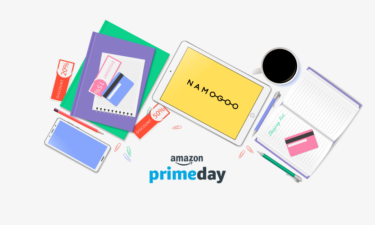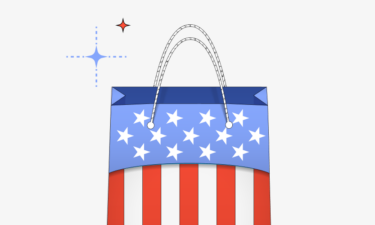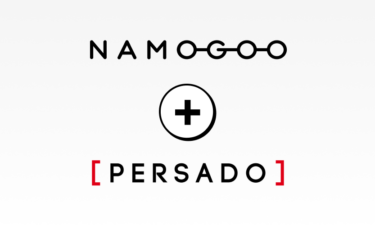Our 2022 Annual Leaders Survey is here! In collaboration with our partners Microsoft, we surveyed 200 global, senior eCommerce executives from brands of all sizes to understand their top investments, priorities, and challenges for the year ahead.
Keep reading to discover four key findings from the survey, graphs and data analyses, and guidance for how eCommerce marketers can plan their strategy in the upcoming year.
4 Key Findings
1. Investing in Cost-optimization is the highest priority for 2022: From 2021 to 2022, the top priority shifted from site performance to cost optimization. The high prioritization of cost-optimization in 2022 is significant, as eCommerce leaders didn’t acknowledge it as a top priority last year. So why is it a priority now? Maximizing budgets and focusing on cost optimization is more important than ever due to the uncertainty caused by pandemic, including supply chain crisis and rising acquisition costs. In fact, 95% of survey respondents named cost-optimization a priority, and 61% recognized it as a high priority. From the pie charts below, you can see that besides cost-optimization, the other top two high investment priorities in 2022 are loyalty programs, at 51%, and site performance, at 43%.

2. Average Order Value is a crucial metric brands are looking to improve: From 2021 to 2022, the top KPI metric that eCommerce leaders were hoping to improve shifted from Customer Lifetime Value to Average Order Value. Due to the increase in competition, getting customers to your website is more expensive than ever before. Therefore, it’s important to maximize the return on each acquisition through high AOVs. In fact, 95% of eCommerce leaders recognize AOV as a priority in 2022, and 47% of eCommerce leaders recognize AOV as a high priority. As you can see in the graph below, in addition to Average Order Value, the other top two high KPI priorities in 2022 are Conversion Rate Optimization, at 45%, and Customer Acquisition cost, at 36%.

3. Leveraging data is a struggle for brands of all sizes: We know how important personalization is in the eCommerce industry to connect with shoppers and drive loyalty and conversions. However, regardless of the size of the company, eCommerce leaders are struggling to leverage the tools and data that they have to provide the ultimate personalized customer experience. From the bar graph below, you can see that 75% of eCommerce leaders from brands of all sizes struggle to leverage their data and 52% struggle to personalize the data in real time.
When looking at this challenge of leveraging data by company size, Enterprises are struggling the most. 79% of Enterprise companies have all the tools and data but struggle to leverage it compared to 78% of SMBs and 68% of Mid- Market companies. In addition, 57% of Enterprises struggle to personalize data in real time compared to only 43% of SMBs and 53% of Mid-Market companies.
Why is this? Perhaps Enterprises struggle more with leveraging and personalizing data, while smaller sized companies aren’t able to get the data to begin with.

4. Personalization and audience building activities are most impacted by data collection privacy regulations: It’s clear that recent changes in data collection regulation, such as GDPR and iOS updates, are having an impact on marketing efforts. Due to recent data privacy regulations, 97% of brands are putting an emphasis on investing in data collection to personalize experiences and build audiences. The top two areas of data investment in 2022 for brands of all sizes are in data enrichment tools and non PII. In 2022, 25% of brands are planning to invest in data enrichment tools, and 24% of brands are planning to invest in collecting non Personal Identifiable Information.

For all business sizes, data collection restrictions have the largest impact on website personalization efforts, as 26% of leaders recognize this as a challenge for marketing efforts. From the graph below, you can see that 28% of Enterprises and 26% Mid-Market businesses identify website personalization efforts as a top challenge due to data collection restrictions. In contrast, 31% of SMBs identify that building audiences and segments is a struggle due to data collection restrictions.

Planning Your eCommerce Strategy in 2022
In 2022, eCommerce leaders from brands ranging in size from SMBs to Enterprises are:
- Focusing on cost optimization
- Prioritizing AOV as a key KPI
- Investing in data collection
Our survey reveals how eCommerce leaders are planning to implement conversion rate optimization strategies to increase sales, shape their 2022 strategy to eliminate friction in the customer journey, and find solutions to overcome their data privacy restrictions.
This report was created to guide eCommerce marketers in their strategies for the upcoming year. We hope you find value in the data, insights, and key findings to guide your eCommerce marketing strategy in 2022 and beyond.







